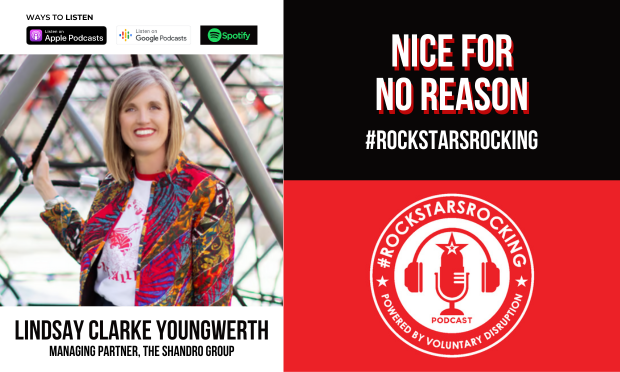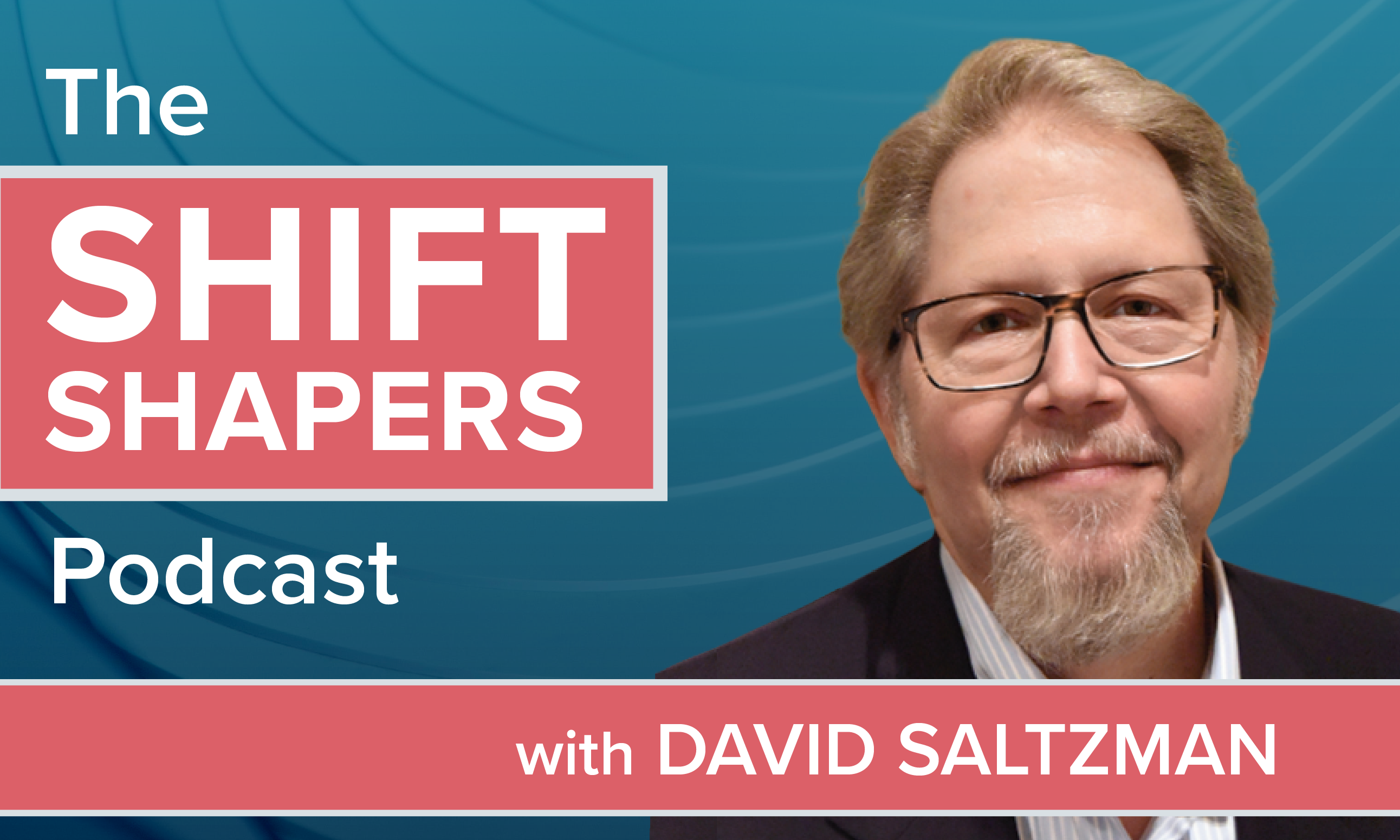 As the U.S. closed out 2018 witha nearly 50-year-low jobless rate of 3.9percent, we can expect to see companies enhancingtheir employee benefit offerings to ensure they are recruiting andretaining top-performing talent. That means businesses areconstantly coming up with new perks to add to their lists ofemployee benefits as a way to distinguish themselves from otheremployers. They would be wise to do so, considering 55 percent ofworkers say they would be at least somewhat likely to accept a jobwith lower compensation but a more robust benefits package,according to the 2018 Aflac WorkForces report.
As the U.S. closed out 2018 witha nearly 50-year-low jobless rate of 3.9percent, we can expect to see companies enhancingtheir employee benefit offerings to ensure they are recruiting andretaining top-performing talent. That means businesses areconstantly coming up with new perks to add to their lists ofemployee benefits as a way to distinguish themselves from otheremployers. They would be wise to do so, considering 55 percent ofworkers say they would be at least somewhat likely to accept a jobwith lower compensation but a more robust benefits package,according to the 2018 Aflac WorkForces report.
As you take advantage of this opportunity to touch base withclients and help them refresh their benefits game plan, keep thefollowing trends in mind.
|1. Technology is key.
|As more and more technology options become available in 2019,helping clients identify and leverage appropriate tools will bemore of an expectation than a “nice-to-have.” In fact, 90 percentof employers say they are interested in at least one enrollment oreducational tool for their workers, including benefit enrollmentwebsites (59 percent), spending tools (46 percent) and educationalvideos (32 percent), according to the WorkForcesreport. Technology platforms enable employees to getaccess to benefits resources around the clock, view easyside-by-side comparisons of coverage options and receive enrollmentreminders to help ensure they never miss a beat. Leveraging such aplatform can increase benefits utilization and decrease stress.
|2. Help employers by providing meaningful value to theiremployees.
|With costs of health care continuing to rise year after year, itis safe to say traditional offerings are no longer enough foremployees. In 2019, expect to see voluntary insurance products andservices serve as a low-cost way for employers to improve theirbenefits packages. In fact, more than two-thirds of employers (69percent) believe voluntary benefits will be a very or moreimportant component of their employee value proposition in the nextthree to five years, according to a 2018 Willis Towers Watson survey.
|Also read: Whyemployers leave their brokers
|Explain to clients that since benefits are paid directly topolicyholders, unless otherwise assigned, the money can be used tohelp with household costs, utility bills, car payments, ordeductibles and copayments in the event of a covered illness orinjury. Brokers should also educate clients on value-added servicessuch as telemedicine, student loan assistance or bill negotiationservices – some of which can be built into their benefits strategyat no additional cost. These go hand in hand with voluntaryinsurance to provide comprehensive solutions that do more than justhelp pay bills.
|3. Meeting customers where they are and how they want topurchase. As employees enjoy a labor market that affordsmore choice, many are also exploring freelance, part-time or gigwork. The downside to this occupation is that most of these jobs donot offer insurance or retirement savings benefits. Indeed, only 21percent of part-timers say they receive access to medical benefits,compared to 88 percent offull-time workers. Access to different kinds ofworkplace benefits varies and is consistently much lower forpart-timers compared to those in full-time positions. However, 90percent of gig workers agree that there is a growing need for voluntary insurancebenefits, indicating there is an unmetneed. Therefore, brokers and agents can add thisdiscussion point to their agenda as they talk with clients,prospects and associations about ways to get their offeringsin-front of this growing segment of the workforce.
|Vast opportunity await benefits experts in 2019 because of thecurrent atmosphere of competition for top employees. Use the newyear as an opportunity to touch-base with clients and discuss theirbenefits strategy. Guiding current and prospective clients throughthe changing benefits landscape is a sure way to help boost yourbusiness this year and beyond.
|Rich Williams is executive vice president and chiefdistribution officer at Aflac, responsible for leading the fullyaligned distribution team of independent career agents andbrokerage professionals. He focuses on the alignment and strategicgrowth of current distributions, including product development,enrollment and account management for Aflac U.S., as well asfurther distribution and expansion.
Complete your profile to continue reading and get FREE access to BenefitsPRO, part of your ALM digital membership.
Your access to unlimited BenefitsPRO content isn’t changing.
Once you are an ALM digital member, you’ll receive:
- Critical BenefitsPRO information including cutting edge post-reform success strategies, access to educational webcasts and videos, resources from industry leaders, and informative Newsletters.
- Exclusive discounts on ALM, BenefitsPRO magazine and BenefitsPRO.com events
- Access to other award-winning ALM websites including ThinkAdvisor.com and Law.com
Already have an account? Sign In
© 2024 ALM Global, LLC, All Rights Reserved. Request academic re-use from www.copyright.com. All other uses, submit a request to [email protected]. For more information visit Asset & Logo Licensing.








